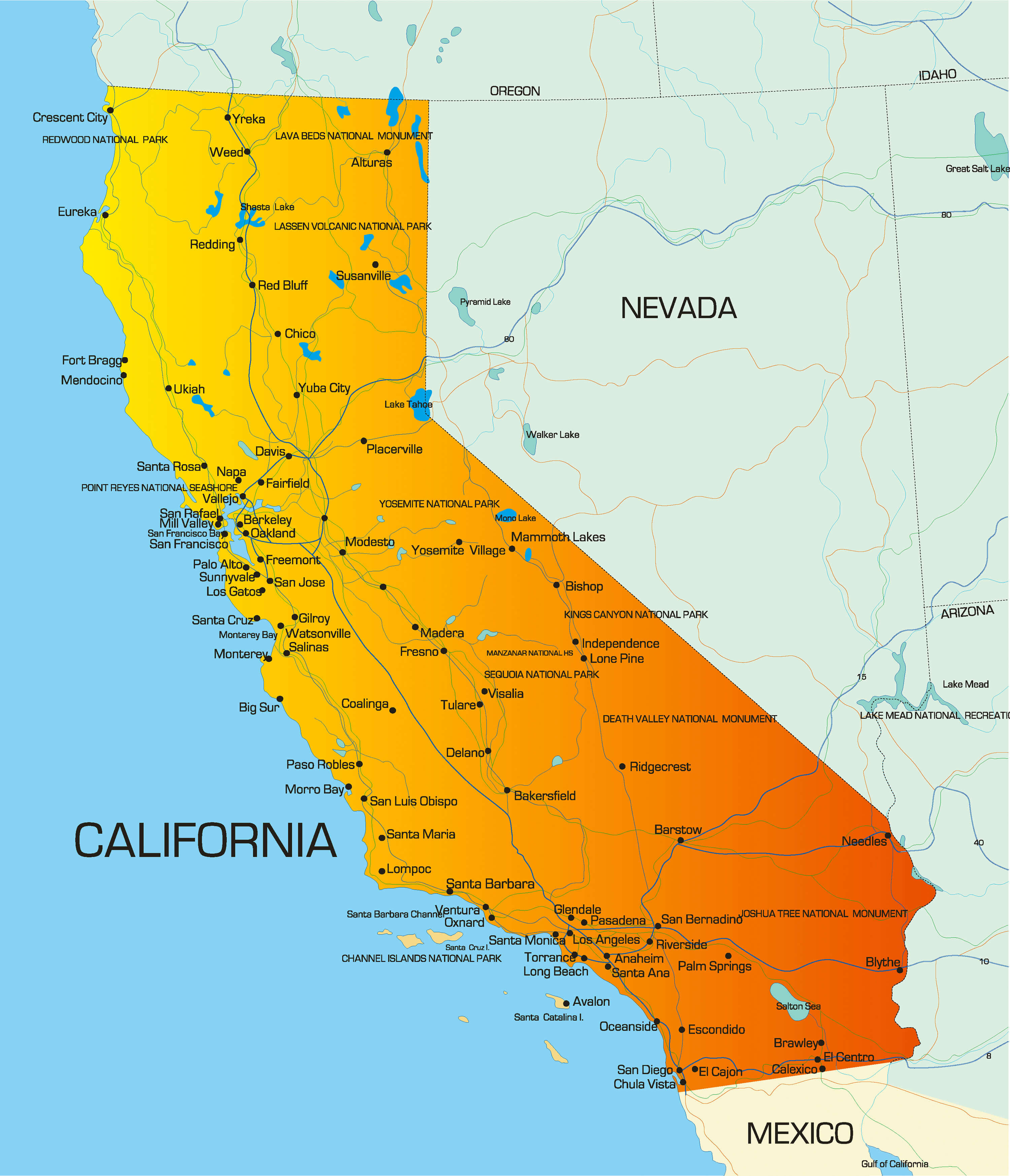The island nation of Taiwan, officially known as the Republic of China, boasts a diverse and breathtaking geography, characterized by its stunning coastline, picturesque islands, and rugged mountainous terrain. Located in the western Pacific Ocean, Taiwan is situated approximately 160 kilometers off the southeastern coast of China, with the Philippines to its south and Japan to its northeast. This unique geographical position makes Taiwan a fascinating destination for travelers, outdoor enthusiasts, and those interested in exploring the nuances of its natural landscape.
Introduction to Taiwan’s Geography
Taiwan’s geography is a complex interplay of tectonic forces, weather patterns, and erosion, which have shaped the island over millions of years. The most striking feature of Taiwan’s landscape is its mountainous core, with the Central Mountain Range running along the center of the island. This range includes the highest peak, Yushan (Jade Mountain), which stands at an impressive 3,952 meters above sea level. The rugged terrain contributes to the formation of numerous scenic gorges, valleys, and lakes, making Taiwan a haven for nature lovers and adventure seekers.
Taiwan’s Coastline and Islands
Taiwan’s coastline stretches for approximately 1,566 kilometers, offering a dramatic array of landscapes, from pristine beaches and bustling ports to rugged cliffs and secluded coves. The coastline can be broadly divided into three main sections: the eastern coast, which is more rugged and less populated; the western coast, characterized by its flat plains and urban centers; and the southern tip, which boasts a unique blend of tropical and subtropical ecosystems.
One of the most interesting aspects of Taiwan’s geography is its collection of islands, each with its unique charm and attractions. The Penghu Islands, located off the western coast, are known for their scenic beauty, with numerous small islands connected by bridges, forming a picturesque archipelago. Known for their pristine beaches, historic lighthouses, and vibrant marine life, the Penghu Islands are a popular destination for tourists and snorkeling enthusiasts.
Green Island and Orchid Island
To the southeast of Taiwan lies Green Island and Orchid Island, two volcanic islands that are as fascinating as they are remote. Green Island is renowned for its hot springs, scenic coastal walks, and the annual Green Island Human Rights Memorial Park, which commemorates the history of the island as a former prison. Orchid Island, on the other hand, is home to the indigenous Tao people and is celebrated for its stunning natural beauty, including waterfalls, forests, and orchid-filled landscapes. Both islands offer a glimpse into Taiwan’s rich cultural heritage and its diverse natural landscapes.
Kinmen and Matsu Islands
Located off the western coast of Taiwan, near the mainland China border, are the Kinmen and Matsu Islands. These islands have played significant roles in Taiwan’s history, particularly during the Chinese Civil War, and today they serve as a testament to the complex political landscape of the region. The Kinmen Islands are famous for their well-preserved military fortifications, traditional architecture, and the production of Kaoliang liquor, while the Matsu Islands are known for their unique stone houses, historic sites, and the Blue Tears phenomenon, a magical display of glowing plankton in the coastal waters.
Environmental Conservation Efforts
Despite its small size, Taiwan faces significant environmental challenges, including deforestation, pollution, and the impact of climate change. In response, the Taiwanese government and local communities have initiated various conservation efforts aimed at protecting the island’s natural habitats and biodiversity. National parks and nature reserves have been established to safeguard Taiwan’s unique ecosystems, and initiatives to reduce plastic use, increase renewable energy, and promote sustainable tourism are gaining momentum.
FAQs
What are the main geographical features of Taiwan?
+Taiwan's main geographical features include its mountainous core, with the Central Mountain Range and the highest peak, Yushan, the coastline which stretches for approximately 1,566 kilometers, and its surrounding islands, such as Penghu, Green Island, and Orchid Island.
What is unique about the Penghu Islands?
+The Penghu Islands are unique for their scenic beauty, with numerous small islands connected by bridges. They are known for their pristine beaches, historic lighthouses, and vibrant marine life, making them a popular destination for tourists and snorkeling enthusiasts.
How are the Kinmen and Matsu Islands significant?
+The Kinmen and Matsu Islands are significant for their roles in Taiwan's history, particularly during the Chinese Civil War. Today, they are known for their historical sites, traditional architecture, and unique cultural practices, such as the production of Kaoliang liquor in Kinmen and the Blue Tears phenomenon in Matsu.
What conservation efforts are being made in Taiwan?
+Taiwan has initiated various conservation efforts, including the establishment of national parks and nature reserves, initiatives to reduce plastic use and increase renewable energy, and the promotion of sustainable tourism practices. These efforts aim to protect Taiwan's natural habitats and biodiversity.
Conclusion
Taiwan’s geography is a testament to the island’s unique position in the world, offering a blend of rugged natural beauty, rich cultural heritage, and intriguing political history. From the peaks of the Central Mountain Range to the scenic coastlines and the historic islands off its shores, Taiwan presents a diverse range of landscapes and experiences that cater to all interests. As the world becomes increasingly interconnected, understanding and appreciating Taiwan’s geography not only enriches our knowledge of this fascinating island but also underscores the importance of conservation and sustainability in preserving its natural wonders for future generations.



